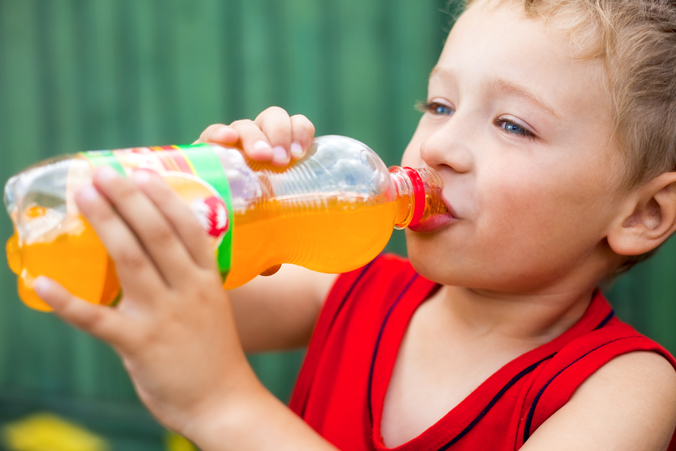Sugary drinks marketed to children using same tactics as cigarette companies
Click Here to Manage Email Alerts
Cartoon characters — which have been banned from tobacco advertising for nearly 10 years — were just one of the techniques used by cigarette manufacturers to tempt children to boost sales of their sugary drink products, according to an analysis recently published in The BMJ.
Consumption of these drinks is tied to increased risk for obesity, diabetes, CVD, and stroke, according to a press release accompanying the study.
Kim H. Nguyen, a research scientist at the University of California, San Francisco, and colleagues studied flavors, colors and reports detailing marketing strategies of sugary beverage owners over nearly 7 decades.
R.J. Reynolds, Hawaiian Punch
Researchers wrote that in the 1950s, Hawaiian Punch, then owned by Pacific Hawaiian Products, was marketed as a two-flavor “at-home cocktail mixer for adults.” R.J. Reynolds acquired the company in 1963.
In the 14 years that followed, nearly three dozen research studies and taste tests to evaluate the colors, flavors, and sweetness were conducted, evolving the product into one that used children, prizes and a cartoon mascot named Punchy to sell the brand.
Sales of the product increased, with a R.J. Reynolds’ executive stating “that was mostly a function of the aseptic packages’ convenience and affordability, largely among younger users.”

Ownership of Hawaiian Punch has changed several times, and is currently held by Dr Pepper Snapple. Hawaiian Punch still uses Punchy as the focal point of its advertising and labels, researchers wrote.
Philip Morris, Kool-Aid
Kool-Aid had originally been marketed as a soda alternative for families in the 1950s, according to Nguyen and colleagues.
Within a decade of Philip Morris acquiring the company in 1985, media spending on mothers plummeted, but Kool-Aid’s budget for children’s marketing doubled to include children’s comics, product samples, made-to-order music tapes and other items featuring its anthropomorphic cartoon character, Kool-Aid Man.
Philip Morris also utilized an integrated marketing campaign included sponsorships, package inserts, mailings and in-store displays and partnered with toy manufacturers Mattel and Nintendo to develop a loyalty program that permitted children to redeem Kool-Aid purchases for gifts and sweepstakes.
“The director of Philip Morris’s beverage division described [the loyalty program] as ‘our version of the Marlboro Country Store,’ a 1972 cigarette loyalty program,” Nguyen and colleagues wrote. “A 1992 Philip Morris analysis called the Kool-Aid Wacky Warehouse the ‘most effective kid’s marketing vehicle known,’” Nguyen and colleagues added.
Documents analyzed by Nguyen and colleagues show advertising campaigns for Tang and Capri-Sun, which also fall under the Philip Morris corporate umbrella, are geared primarily towards children and adolescents.
Parallels to tobacco marketing
Legislation enacted in 2009 ended the use of cartoon characters such as Joe Camel to promote cigarettes. In 2016, Chile enacted legislation that states food and drinks cannot be promoted to children with commercial “hooks” such as cartoon mascots, according to Nguyen and colleagues.
Researchers also wrote that the still-unratified 2018 North American Free Trade Agreement may hinder efforts that mandate the United States, Canada and Mexico follow Chile’s model.
“With the exception of Dr Pepper Snapple, all current owners of the children’s beverage brands studied here have pledged participation in industry-led voluntary agreements to limit the selective marketing of unhealthy drinks to children under 12. The industry argues that some of the marketing strategies developed by tobacco companies — including brand character toys, brand licensing on toys, and cartoon characters on packaging — are not actually targeting children and are therefore excluded from the agreement,” Nguyen and colleagues wrote.

“The evidence cited here shows that these marketing techniques, which remain prevalent, were specifically designed to attract children by blurring advertisement with entertainment content in a way that is now at odds with the terms of industry-led agreements. Voluntary industry codes are therefore unlikely to provide an adequate solution to the problem and we need well-enforced government regulations,” they added. – by Janel Miller
Disclosures : The authors report no relevant financial disclosures.

